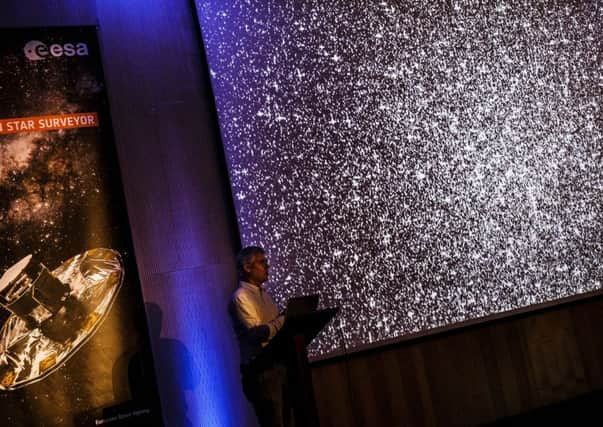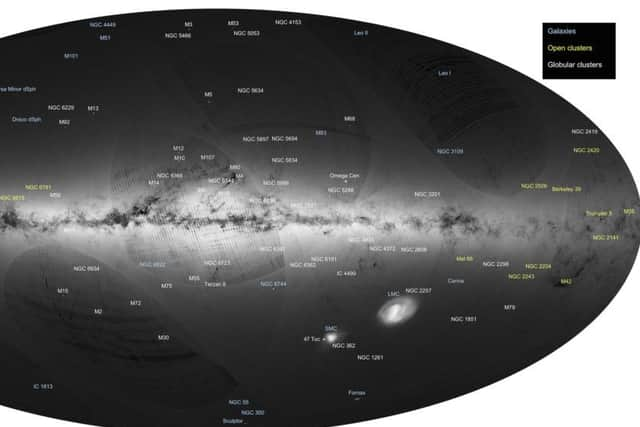European Space Agency maps more than one billion stars
This article contains affiliate links. We may earn a small commission on items purchased through this article, but that does not affect our editorial judgement.


The European Space Agency’s Gaia observatory is undertaking the most detailed 3D survey ever made of the galaxy.
Astronomers are celebrating after receiving the first data from the spacecraft.
Advertisement
Hide AdAdvertisement
Hide AdESA’s science director Alvaro Gimenez said: “Today’s release gives us a first impression of the extraordinary data that await us and that will revolutionise our understanding of how stars are distributed and move across our galaxy.”


During its first 14 months scanning the sky Gaia pinpointed a total of 1,142 million stars.
The observatory, launched 1,000 days ago, began its scientific work in July 2014.
Dr Timo Prusti, Gaia project scientist at ESA, said: “The beautiful map we are publishing today shows the density of stars measured by Gaia across the entire sky, and confirms that it collected superb data during its first year of operations.


“The satellite is working well and we have demonstrated that it is possible to handle the analysis of a billion stars. Although the current data are preliminary, we wanted to make them available for the astronomical community to use as soon as possible.”
A billion stars still account for a mere 1 per cent of all the stars in the Milky Way, and the Milky Way is just one of an estimated 100 billion galaxies in the observable universe.
DOWNLOAD THE SCOTSMAN APP ON ITUNES OR GOOGLE PLAY
